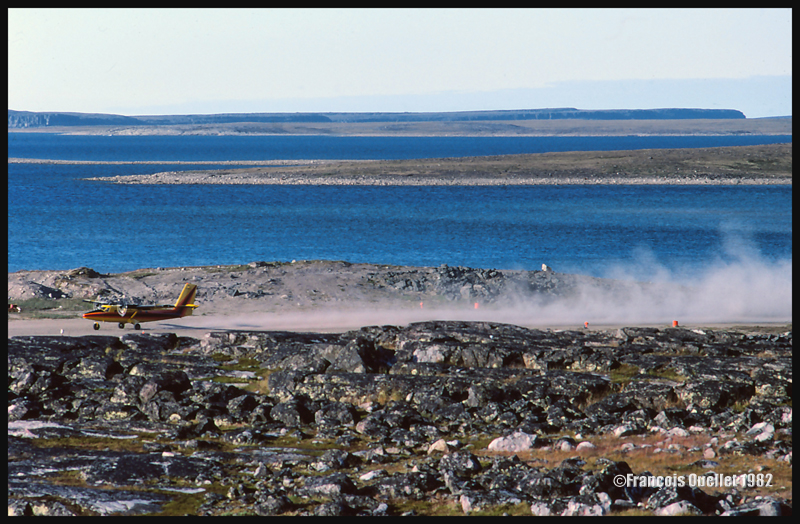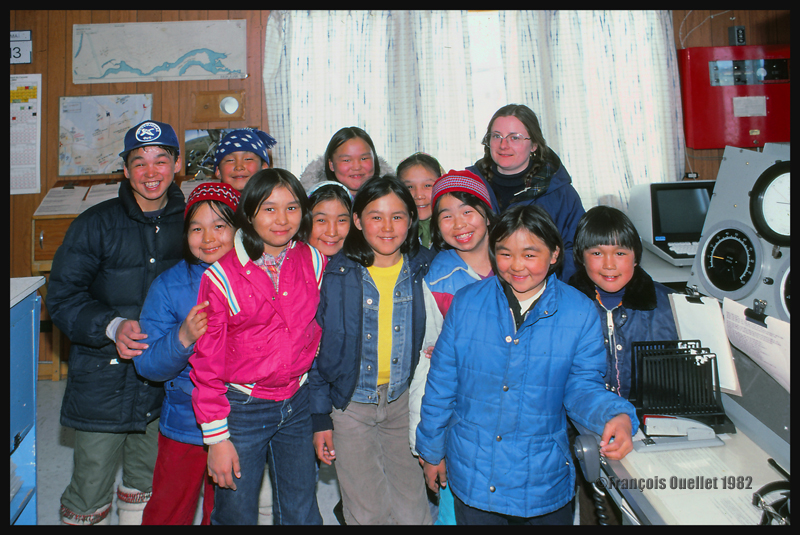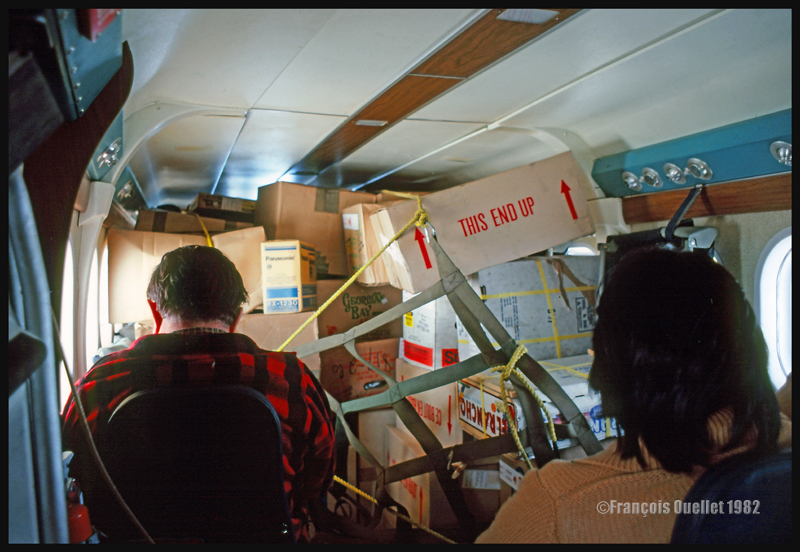(Previous story: Inukjuak: last hope for a Twin Otter low on fuel)
Once in a while, an Inuit carver would visit the Transport Canada flight service station (FSS) and surrounding Environment Canada buildings in Inukjuak, in the Nunavik, to offer one of his new creation. The main problem is that these visits were forbidden by the workers co-op. If the carver was caught selling a sculpture without going through the co-op, he lost his right to sell his regular production to the cooperative. But the temptations to bypass regulations were strong.
First, some sculptors considered that they were not receiving enough money from the cooperative for their work. Most knew the real sale price of their carvings once those ones were displayed in specialized stores down South. Secondly, there were sculptors who suffered from alcoholism. They could not buy alcohol in Inukjuak but knew that Whites had generally a small quantity of it in their ownership. Some sculptors were taking a chance and visit Whites at their working place during night time.
Some Whites took advantage of that alcohol addiction and acquired beautiful sculptures in exchange of a bottle. There was and there are always several problems associated with such an attitude, the most important being that the Whites help perpetuate the difficulties lived by native communities with regard to alcohol. The devastation caused by alcohol and drugs in certain villages of the Northern Canada is well documented and this is why several locations have put in place a strict ban on alcohol consumption. No store can sell it.
But an inhabitant of a northern village knows that Whites have some alcohol in their possession. People sometimes came back home after a day of work only to notice that the house had been visited by an intruder. Nothing had been stolen except the alcohol, although other valuables were immediately available to the thief. The problem is that violent acts are mostly committed when alcohol and/or drugs are involved. It is thus important to avoid being an indirect actor of a potential drama.
The sculptor being the author of his creation, he has the right to take a risk and try to get a better price for his work by avoiding the workers co-op. However, it is risky: his attempts are going to bring him more money until he is caught.
A rare opportunity to buy a sculpture directly from the carver was given to me one winter evening while I was working at the flight service station. A sculptor showed up with his carving which he deposited on the briefing counter. It seemed to be large-sized piece, at least according to the size of the packaging. It was protected by a simple blanket and was about 18 inches high by 12 inches wide.
He told me that he wanted spirits for his work and nothing else. I replied that I did not have spirits in my possession. He then asked for beer. I had some beer in my room, but refused to tell him. I offered him money which he clearly refused: he only wanted alcohol at the approach of the weekend. I refused to modify my line of conduct and, a few seconds later, saw the sculptor disappear with his creation, confident that he would quickly find a more flexible customer.
(Next story: assertions concerning the massacre of dogs of sleds during years ‘ 50 and ‘ 60)
For more real life stories of a FSS in Inukjuak, click on the following link: Flight service specialist (FSS) in Inukjuak



















